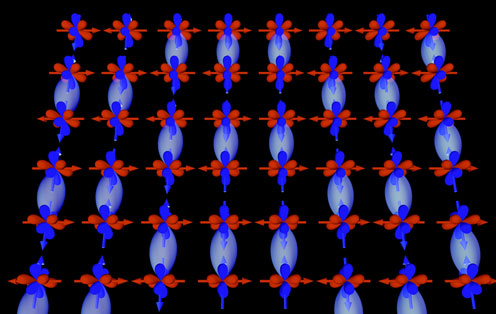
Credit: US Department of Energy, Ames Laboratory
A team of experimentalists at the U.S. Department of Energy’s Ames Laboratory and theoreticians at University of Alabama Birmingham discovered a remarkably long-lived new state of matter in an iron pnictide superconductor, which reveals a laser-induced formation of collective behaviors that compete with superconductivity.
“Superconductivity is a str...
Read More









Recent Comments